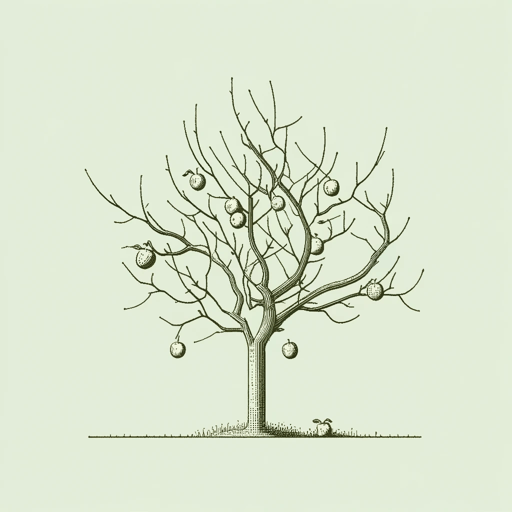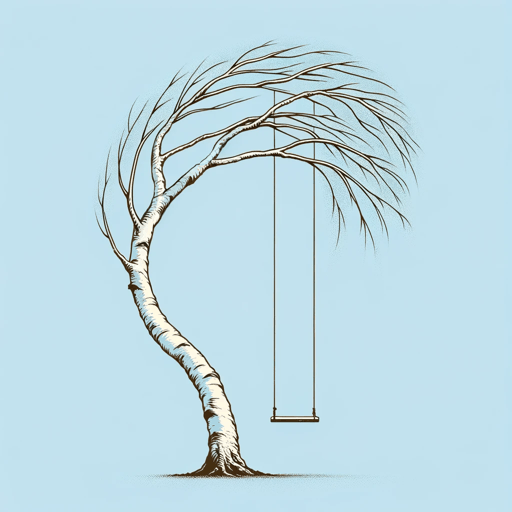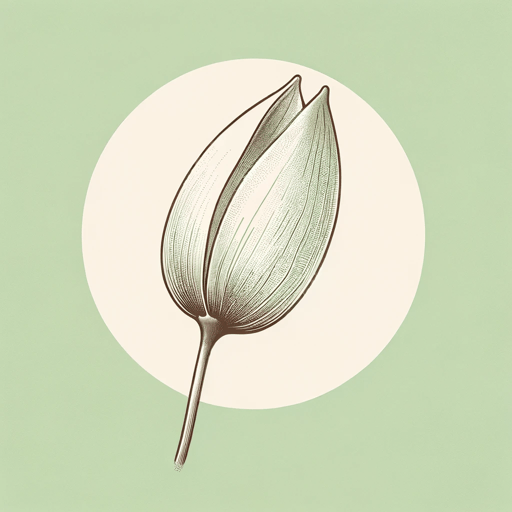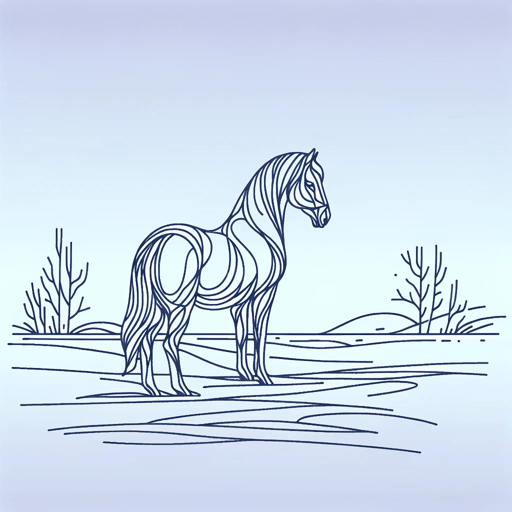20 pages • 40 minutes read
Robert FrostWest-Running Brook
Fiction | Poem | Adult | Published in 1928A modern alternative to SparkNotes and CliffsNotes, SuperSummary offers high-quality Study Guides with detailed chapter summaries and analysis of major themes, characters, and more.
Literary Devices
Form
The poem consists of dialogue between two characters, a husband named Fred and a wife whose name is never given. The premise of the dialogue is revealed in the opening eight lines: The two have gone for a walk along a stream, named the West-running Brook, which is an actual stream just outside the town of Derry, New Hampshire, where Frost and his family lived for a time.
The poem shifts from wife to husband and then back and forth save for a curious and much-debated passage (Lines 24-31) set off by parentheses in which apparently neither character speaks. The speaker may be the overarching voice of the poet. Here the poem introduces the eddy. The parenthetical is in language that clearly is separate from the more conversational diction of the passages in which the husband and wife speak to each other. The language in this parenthetical passage takes the reader into the rushing current of the brook and expounds on the white-water eddy. The passage reflects how the current of the west-running stream negotiates rocks along the bottom of the stream to form a frothy curling white eddy. It offers an elaborate metaphor: The curling white eddy that so clearly runs against the current is compared to feathers from the breast of some great white bird that fleck the surface of the black stream before being driven against the shore where it resembles something like a white scarf along the bank.
Related Titles
By Robert Frost

Acquainted with the Night
Robert Frost

After Apple-Picking
Robert Frost

A Time To Talk
Robert Frost

Birches
Robert Frost

Fire and Ice
Robert Frost

Mending Wall
Robert Frost

Nothing Gold Can Stay
Robert Frost

October
Robert Frost

Once by the Pacific
Robert Frost

Out, Out—
Robert Frost

Putting in the Seed
Robert Frost

Stopping By Woods On A Snowy Evening
Robert Frost

The Death of the Hired Man
Robert Frost

The Gift Outright
Robert Frost

The Road Not Taken
Robert Frost

